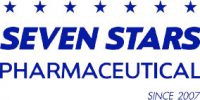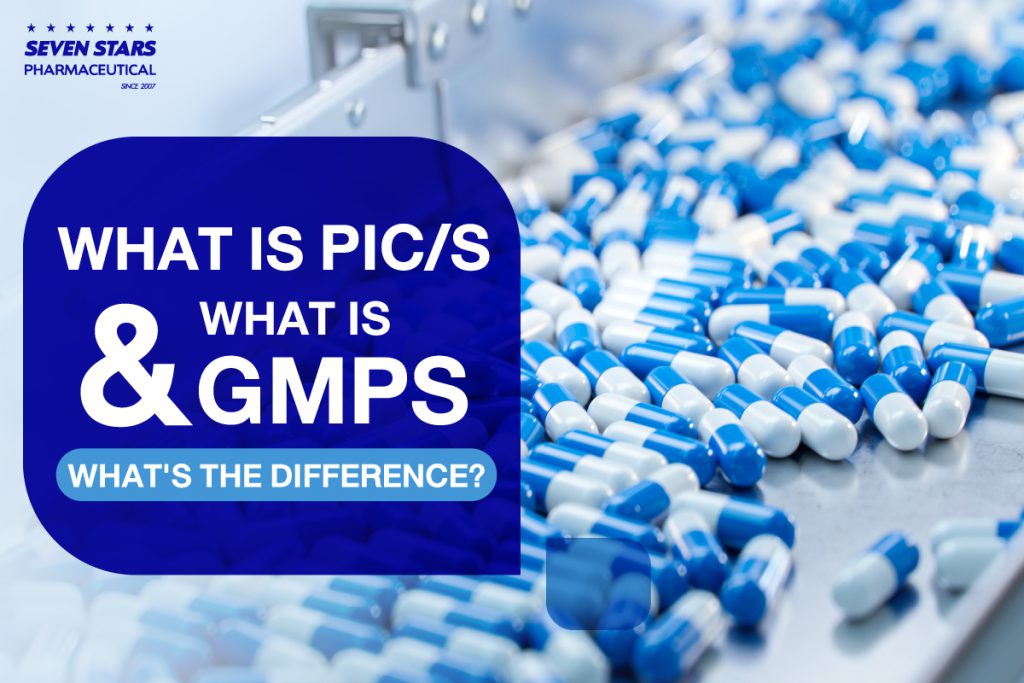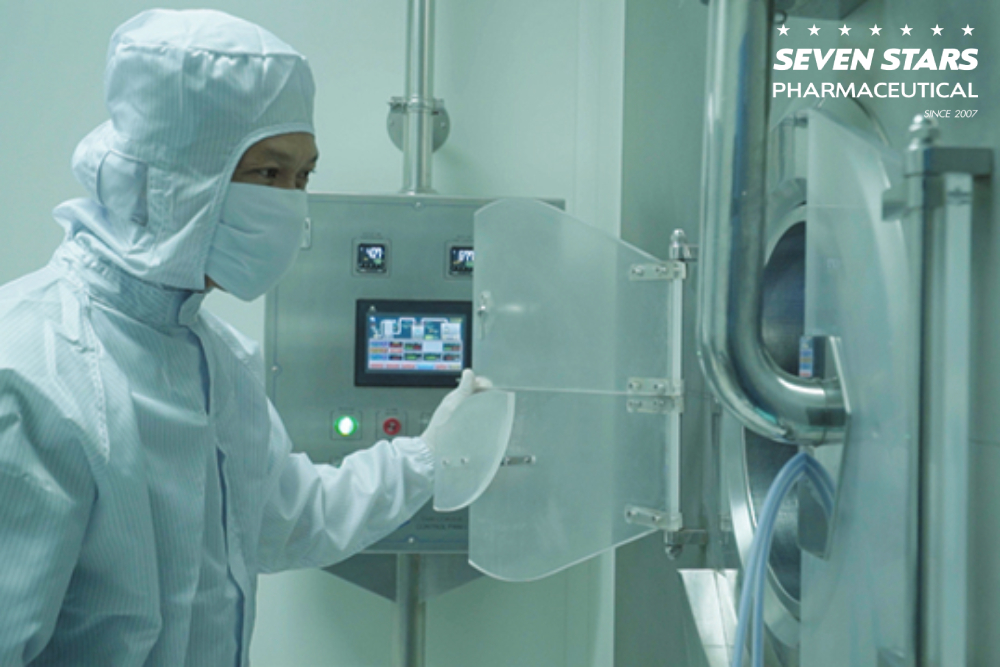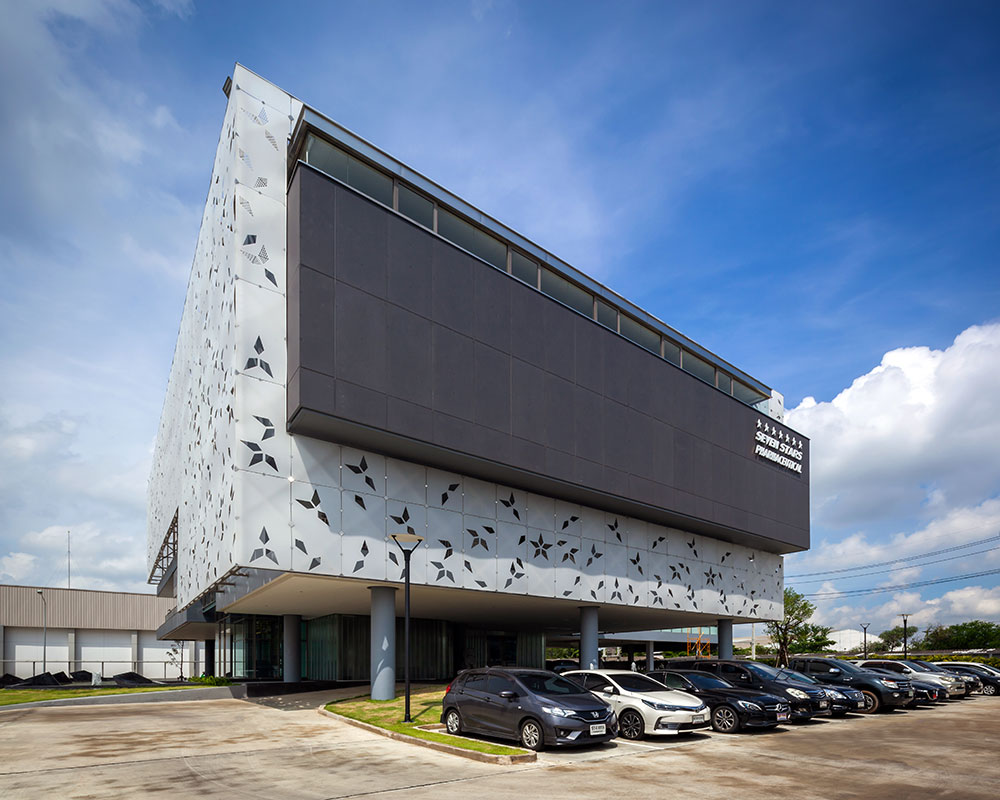Table of Contents
What are GMPs?
GMPs, or Good Manufacturing Practices, are a set of guidelines and principles that govern manufacturing processes in a variety of industries, including pharmaceuticals, food, and cosmetics. GMPs’ primary goal is to ensure that products are consistently produced and controlled in accordance with established quality standards.
GMPs are essential for several reasons:
- They keep consumers safe by ensuring that products are both safe and effective.
- They contribute to ensuring that products meet the quality and consistency standards that consumers expect.
- They can help to save money by avoiding product recalls and rework.
Here are some of the key GMP principles:
- Quality assurance: To ensure that products meet the required quality standards, all aspects of the manufacturing process must be designed.
- Risk management: Potential risks to product quality must be identified and assessed, and appropriate controls to mitigate those risks must be implemented.
- Documentation: All aspects of the manufacturing process, including procedures, training records, and batch records, must be documented.
- Training: All employees must be trained in the applicable GMPs for their position.
- Validating: The manufacturing process must be regularly validated to ensure consistency and compliance with GMPs.
The overarching goal of GMPs is to minimize risks, prevent errors, and maintain the integrity of the manufacturing process, resulting in GMPs being recognized globally as a benchmark for quality assurance in pharmaceutical production. They are intended to be adaptable to a variety of manufacturing environments and are an essential component of regulatory frameworks in a variety of countries. GMP compliance is not only a general requirement; it is also a commitment to ensuring the safety and efficacy of pharmaceutical products for end users.
What is PIC/S?
The Pharmaceutical Inspection and Co-operation Scheme (PIC/S) is a non-binding, informal collaboration agreement between regulatory authorities in Good Manufacturing Practice (GMP) of medicinal products for human or veterinary use. Any regulatory authority with a comparable GMP inspection system is eligible. The PIC/S was established in 1995 as an extension to the Pharmaceutical Inspection Convention (PIC) of 1970. The European Union, the United States, the United Kingdom, Canada, Mexico, Brazil, Argentina, South Africa, South Korea, Japan, Australia, New Zealand, Malaysia, Singapore, Indonesia, and Thailand are among the 55 participating authorities from 53 countries and regions.
PIC/S’s primary function is to facilitate the harmonization of GMP standards across member countries. PIC/S aims to streamline the regulatory process and reduce duplication of efforts through mutual recognition of GMP inspections. This means that a pharmaceutical manufacturer inspected and approved by one PIC/S member country is generally recognized by others, promoting regulatory consistency through a number of harmonized GMP standards and guidance documents, including the PIC/S GMP Guide.
Why is PIC/S a must for pharmaceutical manufacturing?
The Pharmaceutical Inspection and Cooperation Scheme (PIC/S) is a crucial aspect of pharmaceutical manufacturing for several compelling reasons:
- Harmonized GMP Standards: PIC/S develops harmonized Good Manufacturing Practice (GMP) standards to ensure consistency and uniformity in the manufacture of pharmaceutical products across participating jurisdictions. This harmonization removes inconsistencies and promotes a unified approach to quality assurance, ultimately protecting patient safety.
- Mutual Recognition of GMP Inspections: PIC/S facilitates GMP inspection mutual recognition, a mechanism by which participating authorities acknowledge and accept the inspection outcomes conducted by other members. This recognition eliminates the need for duplicate inspections, streamlining the process and lowering pharmaceutical manufacturers’ costs.
- Exchange of Information and Expertise: PIC/S promotes the exchange of GMP-related information and expertise among participating authorities. This collaborative approach encourages shared learning, keeps members up to date on the latest developments, and allows for the continuous refinement of GMP guidelines.
- Global Harmonization and Regulatory Convergence: PIC/S is critical in harmonizing GMP standards and promoting regulatory convergence across regions. This harmonization reduces trade barriers and allows for the seamless movement of high-quality medicinal products across borders, thereby improving patient access to critical medications.
- Enhanced Patient Safety and Quality Assurance: The overarching goal of PIC/S is to improve patient safety and ensure the consistent production of high-quality pharmaceutical products. PIC/S contributes significantly to public health by harmonizing standards, facilitating mutual recognition, and promoting knowledge exchange.
- Reduced Costs and Efficient Operations: Pharmaceutical manufacturers benefit from PIC/S’s streamlined inspection procedures and harmonized standards, which reduce administrative burdens and unnecessary costs. This efficiency enables businesses to focus on innovation and product development, which benefits patients in the long run.
- International Recognition and Reputation: The PIC/S guidelines are widely recognized and respected by regulatory authorities all over the world. Adherence to PIC/S principles improves a pharmaceutical company’s reputation and credibility, allowing it to enter new markets and gain global recognition.
- Continuous Improvement and Adaptability: PIC/S is a dynamic organization that reviews and updates its guidelines on a regular basis to reflect the most recent advances in pharmaceutical manufacturing and scientific knowledge. This adaptability keeps PIC/S at the forefront of GMP practices, ensuring patient safety in an ever-changing industry.
In conclusion, by establishing harmonized GMP standards, promoting mutual recognition of inspections, facilitating the exchange of expertise, and fostering global harmonization, PIC/S plays an indispensable role in the pharmaceutical industry. These efforts make a significant contribution to improving patient safety, ensuring consistent production of high-quality medicinal products, and streamlining pharmaceutical manufacturers’ operations. PIC/S’s unwavering dedication to quality assurance and patient safety has made it an indispensable component of the pharmaceutical industry.
Seven Stars Pharmaceutical, a PIC/S-certified pharmaceutical manufacturer in Thailand
If you are seeking standardized pharmaceutical manufacturers in Thailand. Seven Stars Pharmaceuticals is ready to provide you with qualified manufacturing capacities because we are one of the leading pharmaceutical OEM manufacturers in Thailand that are currently certified under GMP PIC/S, and ISO/IEC 17025 by international authorities. Seven Stars Pharmaceuticals can provide highly cost-effective manufacturing capacity for products with standard quality and safety, currently preferred by many domestic and international pharmaceutical companies.
Also, Seven Stars Pharmaceutical not only manufactures various dosage forms of pharmaceutical products, but we also produce veterinary products, vitamins, health supplementary, cosmetics, and nutraceuticals such as soap, toothpaste, and mouthwash. Furthermore, transportation and distribution to the customers are our services.
If you are looking for a business partner for pharmaceutical products or health supplements in Thailand, please contact our team via email at contact@sevenstars.co.th or Tel. +662-420-3887-88.

พิธีทำบุญวันคล้ายวันเกิด คุณ ทวีชัย ปี 2567
เนื่องในวันคล้ายวันเกิด คุณ ทวีชัย ทางบริษัท Seven stars Pharmaceutical ทีมผู้บริหาร จัดพิธีทำบุญร่วมกับพนักงานบริษัททุกแผนก

ประชุมฝ่ายขายแบ่งปันความรู้ระหว่างแผนกผู้แทนขาย การตลาด ODMและR&D
วันที่ 28 สิงหาคม 2567 คณะผู้บริหารจัดประชุมยอดขายแผนกผู้แทนและแลกเปลี่ยนความระหว่างตัวแทนแต่ละแผนกเพื่อการทำงานในอนาคต

Seven Stars Pharmaceutical ฉลองครบรอบ 17 ปี
วันที่ 28 สิงหาคม 2567 – เครือบริษัท Seven Stars Pharmaceutical จัดพิธีเจริญพระพุทธมนต์พร้อมเปิดงานกิจกรรมครบรอบ 17 ปี
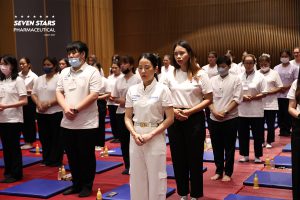
กิจกรรม คอร์สปฏิบัติธรรม สวิปัสสนากรรมฐาน
วันที่ 21 สิงหาคม 2567 จัดกิจกรรม คอร์สปฏิบัติธรรมสวิปัสสนากรรมฐาน SEVEN STARS PHARMACEUTICAL ผู้เข้าร่วมปฏิบัติกิจกรรมพร้อมกับพระอาจารย์
